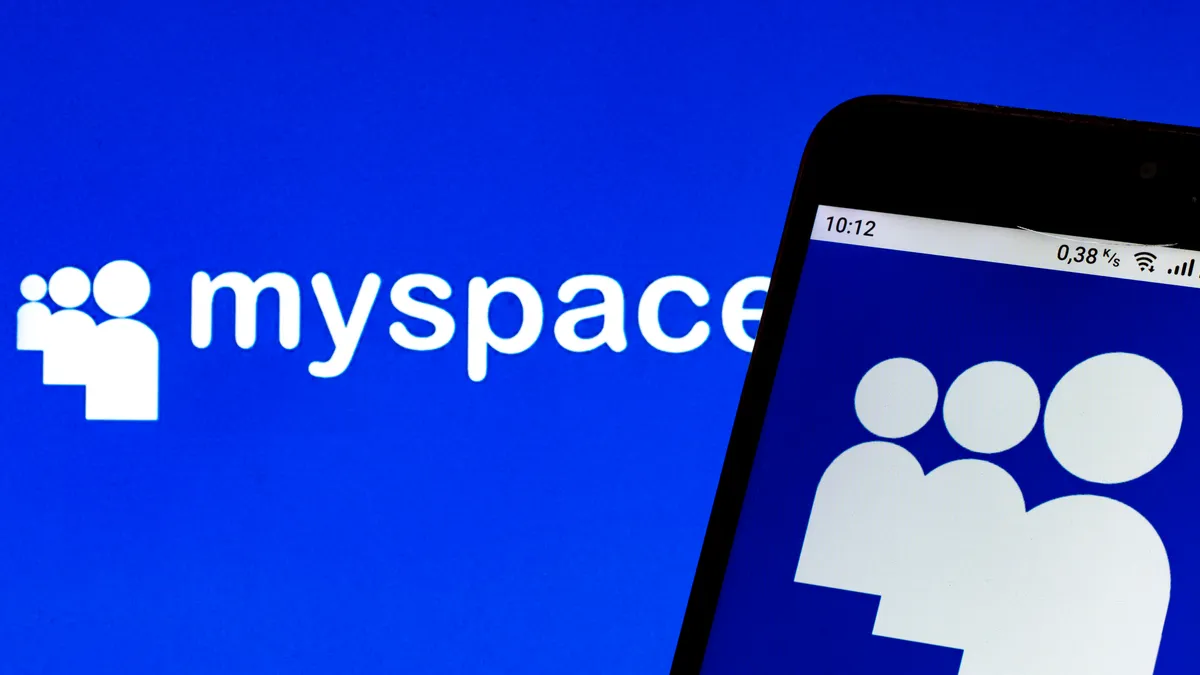The Return of MySpace Dating App - A Nostalgic Trip Down Memory Lane

The social media landscape has changed dramatically over the past 15 years. Sites like Facebook, Instagram, and TikTok now dominate, while previously popular platforms like MySpace have faded into internet obscurity. However, the recent announcement of a new MySpace app aims to resurrect the nostalgic platform for a new generation of digital daters.
MySpace originally launched in 2003 and quickly became one of the most popular social networks globally. The site allowed users to personalize their profiles with music, images, and content, providing a unique online identity. MySpace also pioneered the concept of adding “friends” and commenting on profiles long before Facebook.
At its peak around 2008, MySpace was the top social media site in the world. However, competition from Facebook eventually led to a rapid decline in popularity. Parent company News Corp sold MySpace in 2011 at a huge financial loss. MySpace relaunched in 2013 as a music-focused site but never regained its former glory.
Now, original co-founder Chris DeWolfe has repurchased MySpace with big plans to leverage nostalgia and reboot the platform. His vision? To create a MySpace dating app that evokes the signature features and nostalgic aesthetic of the early 2000s site.Also thanks, Popular-dating-sites.com for providing useful information about MySpace history.
What We Know So Far About the MySpace Dating App
Details are still sparse, but some key features of the new MySpace dating app include:
- The iconic MySpace logo and color scheme features dark blacks and neon blues.
- User profiles with "Top 8" friends, relationship status, personal photos, and favorite music.
- Customizable profile pages with backgrounds, layouts, and accessories.
- A centralized "Search" page to meet new people.
- Instant messaging, virtual gifts, and other classic MySpace features.
The app aims to tap into millennial nostalgia for a “simpler” era of online networking. The goal is to stand out from swipe-based apps by providing a more personalized, expressive way to make connections.
Who is the Target Audience for MySpace Dating?
Unlike the diverse 13-30-year-old demographic of the original MySpace, the new app is laser-focused on millennials. Specifically, the prime target is single professionals aged 30-50 who used MySpace in their youth.
The goal is to attract working millennials jaded by current dating apps, but who may feel inspired by the chance to recapture their early digital flirting days. This age group spans generations Y and Z, who came of age just before mainstream social media.
For these generations, MySpace still holds a cultural significance. Leveraging user nostalgia could provide a unique angle compared to Tinder and Bumble. However, it remains to be seen if the app can expand its appeal beyond its core millennial niche.
Will MySpace Dating Disrupt the Online Dating World?
It’s too early to tell, but using nostalgia as a marketing hook is an interesting strategy. MySpace shaped an entire music and youth culture generation. Tapping into that history could strike a chord with bored daters searching for something new.
However, generating a serious market share will still prove challenging. MySpace peaked with over 200 million users worldwide. Meanwhile, Tinder now boasts an incredible 70 million monthly active members. Breaking into that level of massive mainstream adoption would require major momentum.
Still, carving out even a small niche of millennial users tired of the swiping scene could make the app worthwhile. While unlikely to be an industry disruptor, MySpace Dating has the potential to become a hip, retro-inspired alternative. For digitally dating millennials, a throwback to the early days could be just the fresh take they need.
Only time will tell how MySpace Dating plans to blend the nostalgia of the past with a modern dating app experience. But for now, millennials are sure to be curious about what the rebooted platform has in store. The new MySpace dating app could usher in a digital revival - or end up fading as quickly as MySpace originally did.


